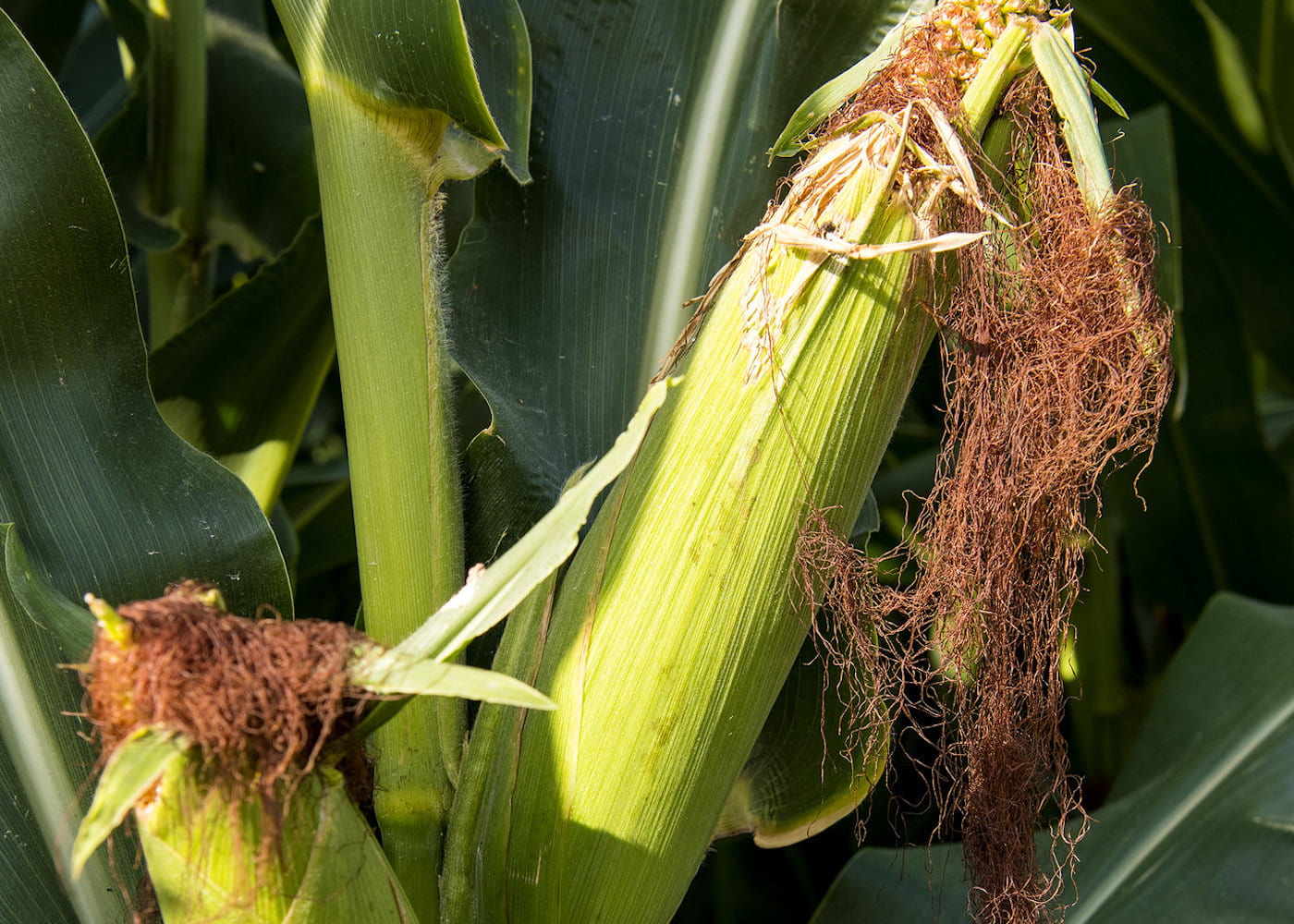Food Safety Experts Harness Steam Vent Technology to Kill Bacteria in Spices

The Problem
Low-moisture foods like flour and spices can harbor bacteria in dormant form. Even though they don’t grow well in these dry foods, pathogens can become activated when exposed to the right conditions — for example, if they are exposed to moisture. Salmonella and other pathogens like listeria can adapt to harsh environments and stay hidden for years, requiring severe processing to be killed. High temperatures for an extended amount of time can destroy these pathogens but may also damage the quality of low-moisture foods.
The Work
A research team led by former food science Ph.D. student Surabhi Wason and food science professor Jeyam Subbiah tested microwave technology to pasteurize dry foods. The team modeled a new method after the packaging technology used by microwavable vegetables manufacturers, which allows for quick heating of in-package foods. The packaging used a one-way valve to release steam and reseal itself. The researchers tested this methodology to ensure it adequately removed harmful pathogens.
The Results
The experiments revealed that steam vent packaging heated using microwaves can improve heating uniformity for low-moisture food samples. When researchers heated black peppercorns and dried basil leaves in steam vent packaging, salmonella was reduced to a level below the detection limit, showing that this technology can improve food safety while preserving quality. In the study, both products exhibited greater than 5 log reductions of salmonella.
The Value
Recalls of low-moisture foods typically result in the loss of products manufactured over days, weeks or months — a much greater timespan than other food recalls. With dry foods manufacturing, sanitation of production facilities also happens less frequently to avoid introducing water into the environment. This means that when a recall occurs, years’ worth of product and any other foods that feature it as an ingredient may be lost for producers and unsafe for consumers. This pasteurization method aims to reduce health and economics risks by inactivating harmful bacteria while preserving food quality. The microwavable steam vent technology has the added benefit of avoiding the risk of overheating the outer edges of food products that comes with conventional heating methods. Additionally, products can be sanitized within the packaging, reducing another opportunity for cross-contamination during production.
Read the Research
Radiofrequency Inactivation of Salmonella in Black Pepper and Dried Basil Leaves Using In-package Steaming
Journal of Food Protection
Volume 87, Issue 2 (2024)
https://doi.org/10.1016/j.jfp.2023.100209
Supported in part by
The U.S. Department of Agriculture’s National Institute of Food and Agriculture (Award No. 2020-67017-33256). The black peppercorns and dried basil leaves were supplied by McCormick & Company, Inc.
About the Researchers
Jeyam Subbiah
Professor of food science
Ph.D. in Biosystems Engineering, Oklahoma State University
M.S. in Biosystems Engineering, University of Manitoba, Canada
Surabhi Wason
Food Scientist and Former Senior Graduate Research Assistant
Ph.D. in Food Science, University of Arkansas, Fayetteville
M.S. in Food Science and Technology, Guru Nanak Dev University, India
B.S. in Delhi University, India
Other Collaborators
Rossana Villa Rojas from the University of Nebraska-Lincoln was also a co-author of the study.




